All About Pilot Holes: When you need them and how to choose pilot hole size
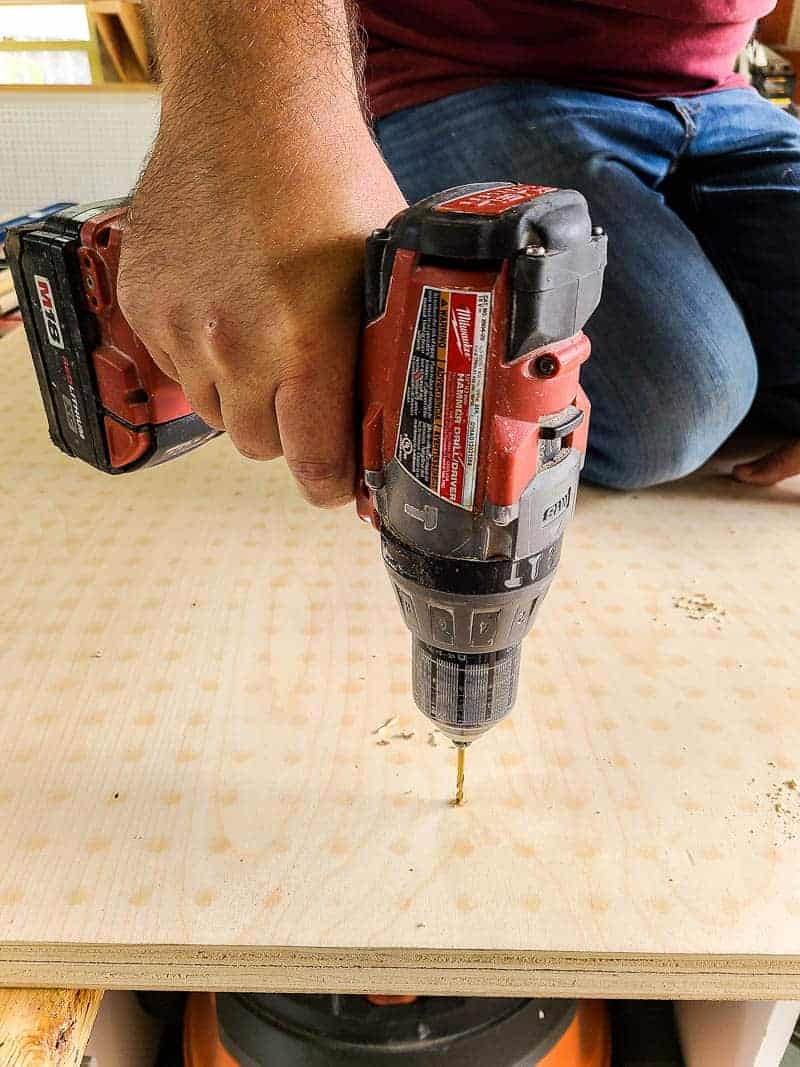
If you’ve ever struck out on your own for a project, you may have learned the need for pilot holes the hard way. Before you begin your next woodworking project, make sure you have a good understanding of pilot holes, when and why you should use them, and how to know what size to use.
Every woodworker knows that preparation is the key to success. As DIYers, we prepare by gathering our tools, reviewing plans, and purchasing materials. But, sometimes, the materials need some prep work, too.
When it comes to drilling, creating harmony between the wood and screws with pilot holes will make the job run much smoother, prevent damage to the wood, and other benefits.
Next time, use these tips as a way to prepare your next woodworking project for success and simplify your project!
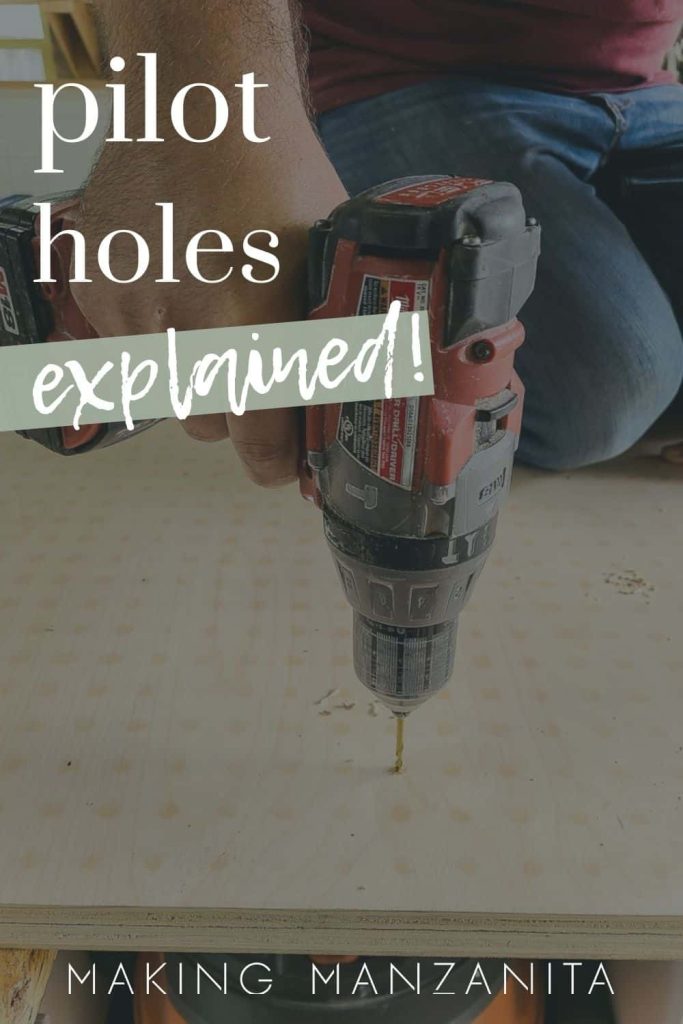
What are pilot holes?
If you’ve ever assembled Ikea furniture, you’ve probably noticed the small holes where the screws are supposed to go. These holes are more than just reference points (to super frustrating instructions). These are pilot holes!
Pilot holes are pre-drilled holes that allow your screw to go into the wood without causing any damage, such as splitting and cracking.
Creating pilot holes when drilling means using less force when nailing or screwing into hardwoods, like maple and oak.
When you drive screws into lumber without creating pilot holes, you’re essentially forcing a screw to push the wood out of the way to make space for the screw.
Since the wood has nowhere to go, it applies pressure on the wood around the screw, which can lead to splitting, cracking, and weakening the wood.
The pressure of drilling and the expansion of the wood is what causes splitting and cracking – not just the screw alone.
Yes, you’ll do twice the amount of drilling, but you’ll make it up by eliminating the need to buy new material, cracking and splitting lumber, and generally slowing down the project.
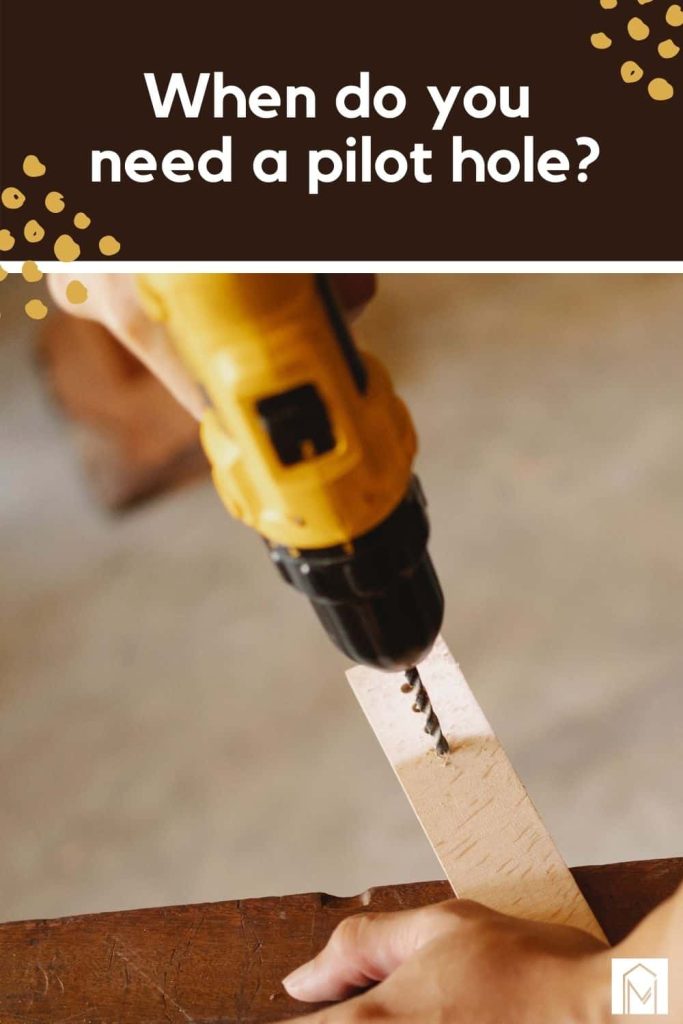
When to use pilot holes and why
A good rule of thumb is to make it easy on yourself and drill pilot holes any time you are drilling into the wood with a screw. This creates the perfect space for the screw to properly enter and attach.
As we know, some woods are harder than others and require different types of screws depending on the project, and then, there are some woods that are more forgiving. So you may totally be able to get away without predrill a hole, but not all the time.
For example, oak’s structure is much more complex than pine, which increases the chances of the wood splitting if pilot holes aren’t used.
Pilot holes are beneficial in other ways, too:
- Less force needed when driving in a screw
- Minimized risk of breaking screws by force
- Less chance of stripping the screw head while driving
By doing this little bit of prep in your project, you will save your material from damage.
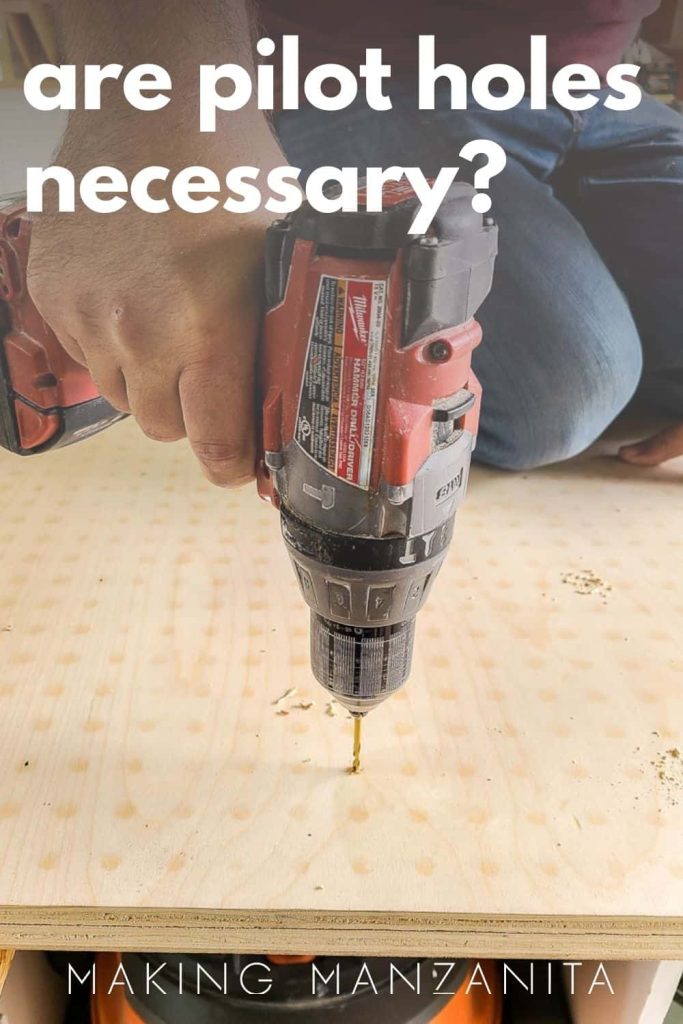
How do you know what pilot hole size to use?
As a general rule, a pilot hole should be the same diameter as the neck of the screw.
A common mistake woodworkers make is drilling the pilot hole too small, thinking that the screw will hold better in a tighter space. However, that’s not necessarily the case.
The screw should be viewed as a tool to pull the boards together to complete the joint for the project – the screw itself gives little value to the overall strength of the joint.
Drilling pilot holes require a certain drill bit that can be drilled into the material, solely for the purpose of creating a hole. Choosing the right drill bit size means creating the perfect balance between the screw and the pilot hole.
The pilot hole size varies according to the type of wood:
- For softwoods, use a drill bit that’s slightly smaller than the screw diameter.
- For hardwoods, use a drill bit that’s slightly larger than the screw diameter.
- If you’re unsure which to select, choose a drill bit that’s 1/64” larger than the screw diameter.
The most common screw sizes are #6, #8, & #10. The corresponding drill bit sizes are #6 – 3/32 inch; #8 & #10 are both ⅛ inch.
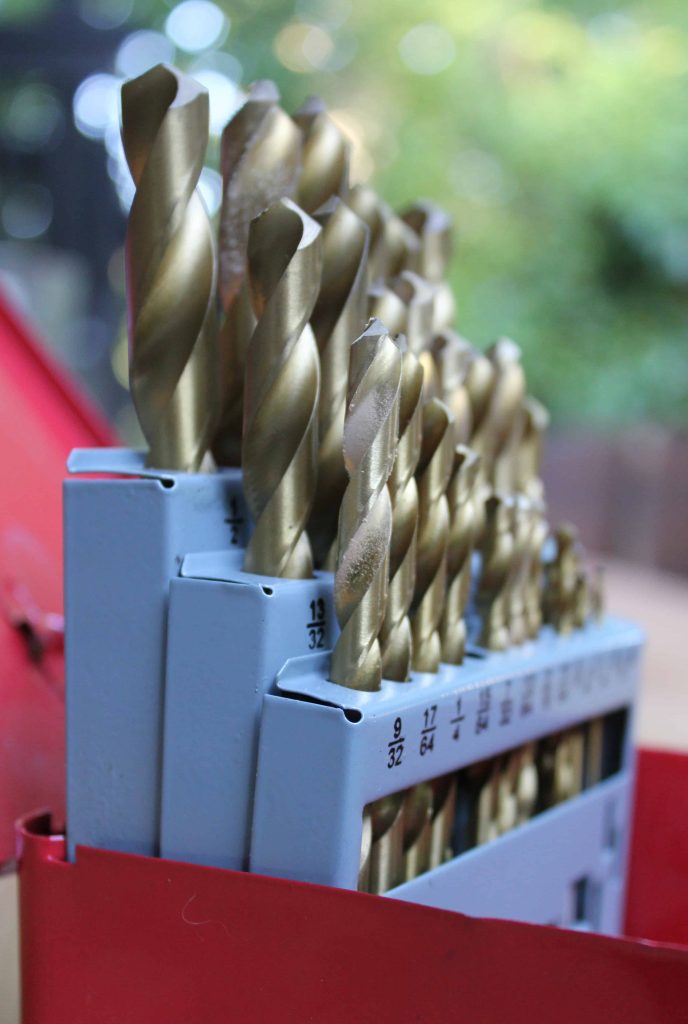
How deep should a pilot hole be?
The depth of the pilot hole is dependent on the length of the screw. The pilot hole should be just deep enough to fit the entire screw, without struggle.
If you are concerned about over or under-drilling the pilot hole, use a tool called a drill stop. This tool allows you to properly gauge and produce the depth you need.
How do you make a pilot hole?
Make a pilot hole by using a drill bit to drill a hollow hole into the material. Then, drive the screw into the pilot hole.
If you find you’re struggling to get your screw into the pilot hole, back up and expand the pilot hole by a very small amount before forcing the screw into the material.
Behind every project, there’s a woodworker who’s learned a lesson on pilot holes! What questions do you have about pilot holes?

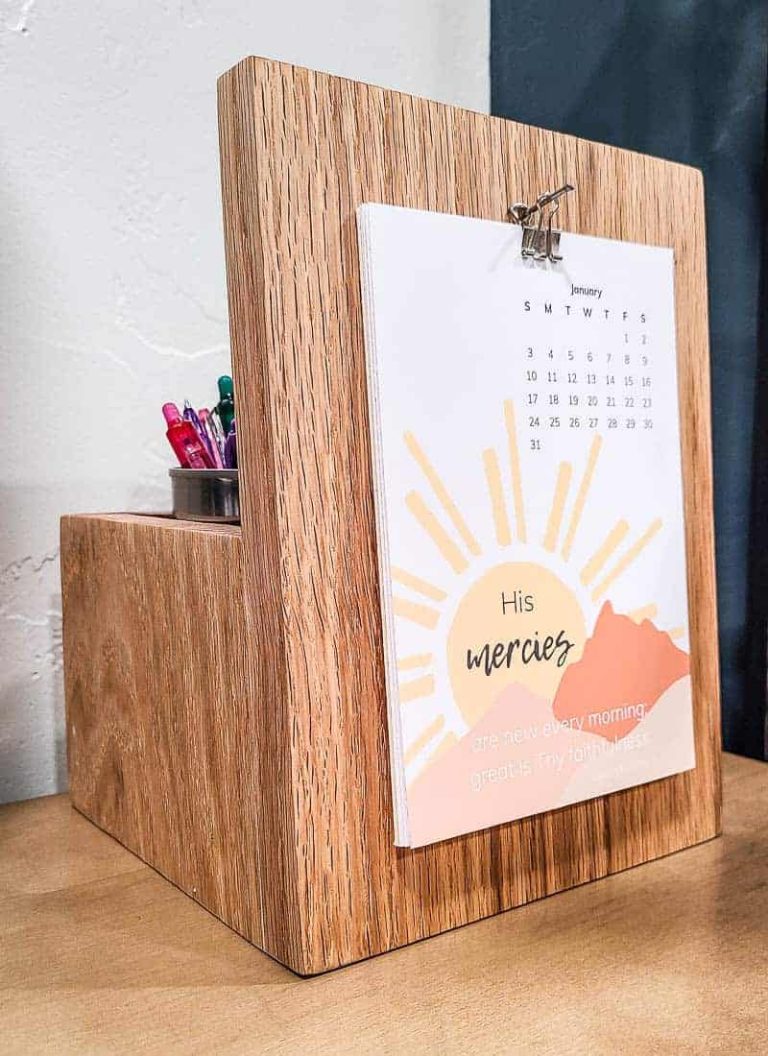
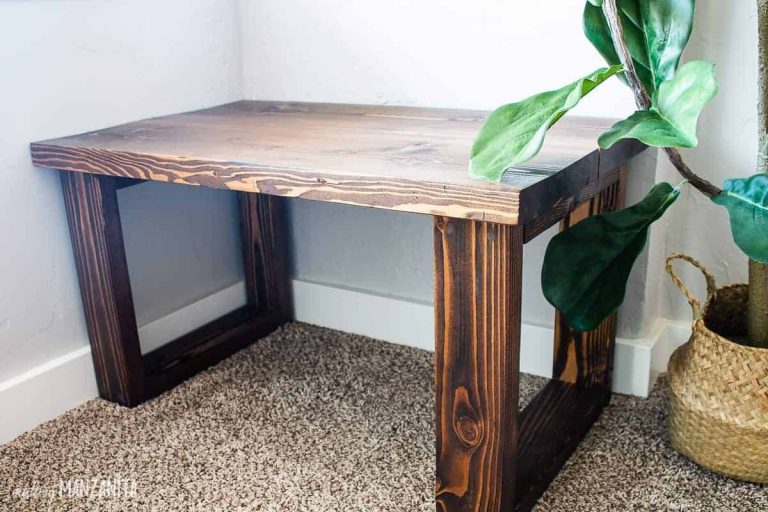
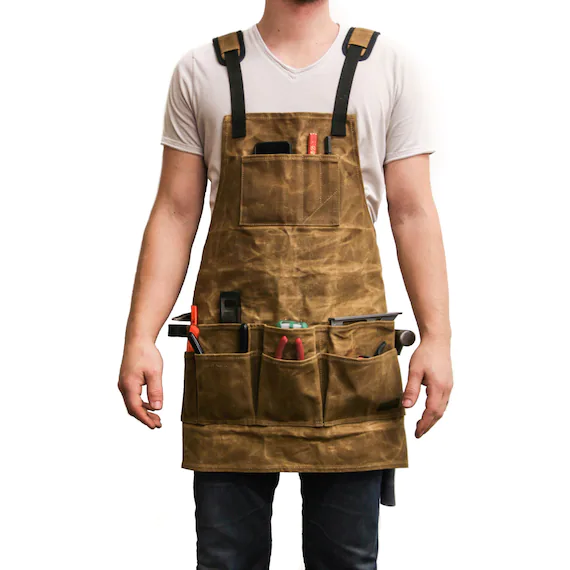
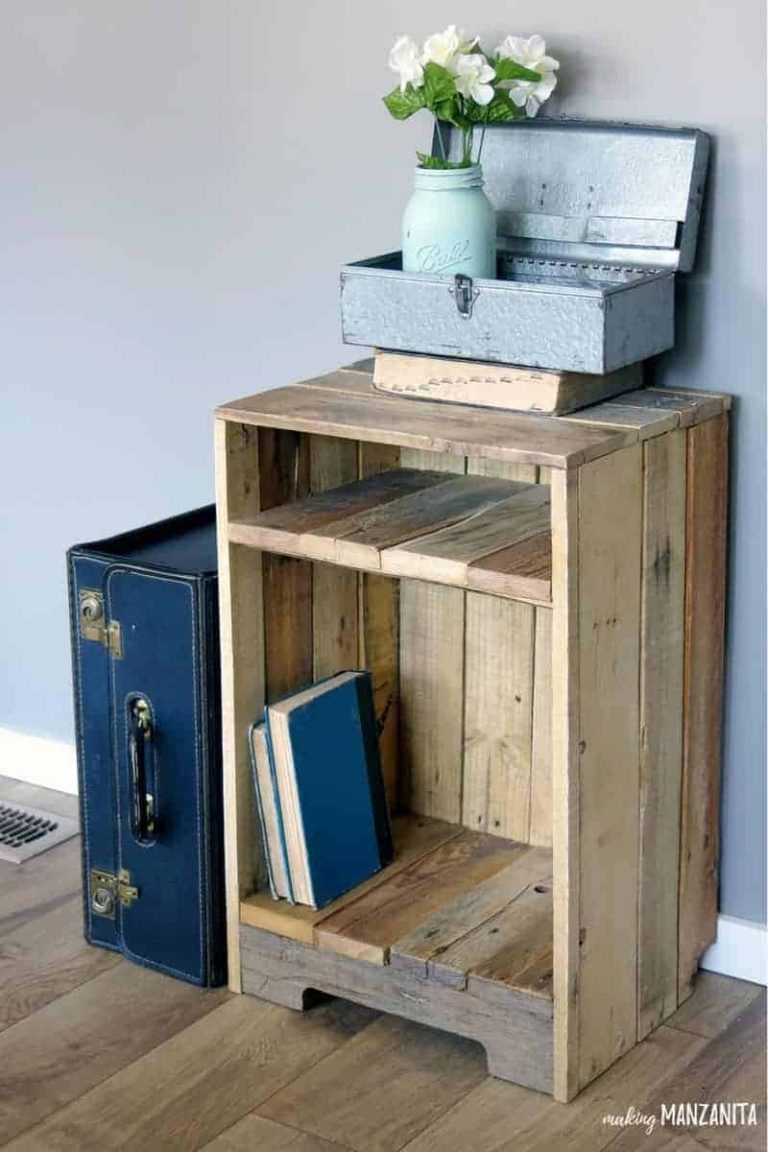
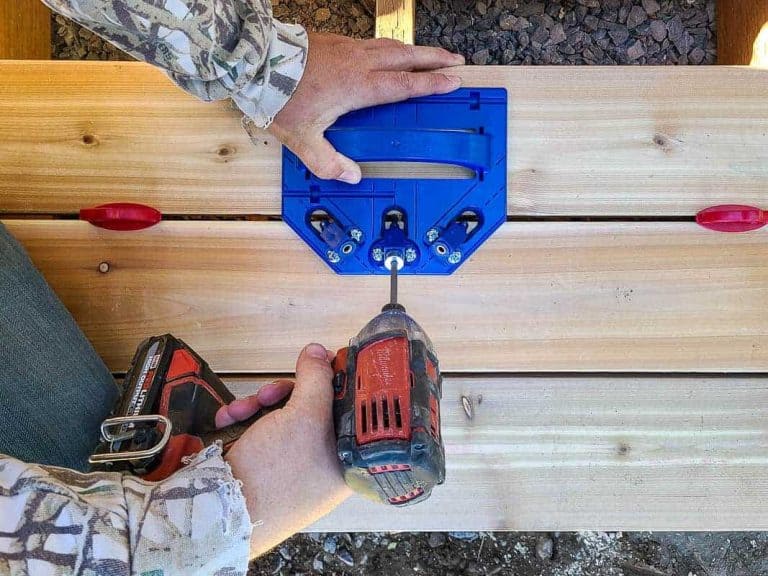
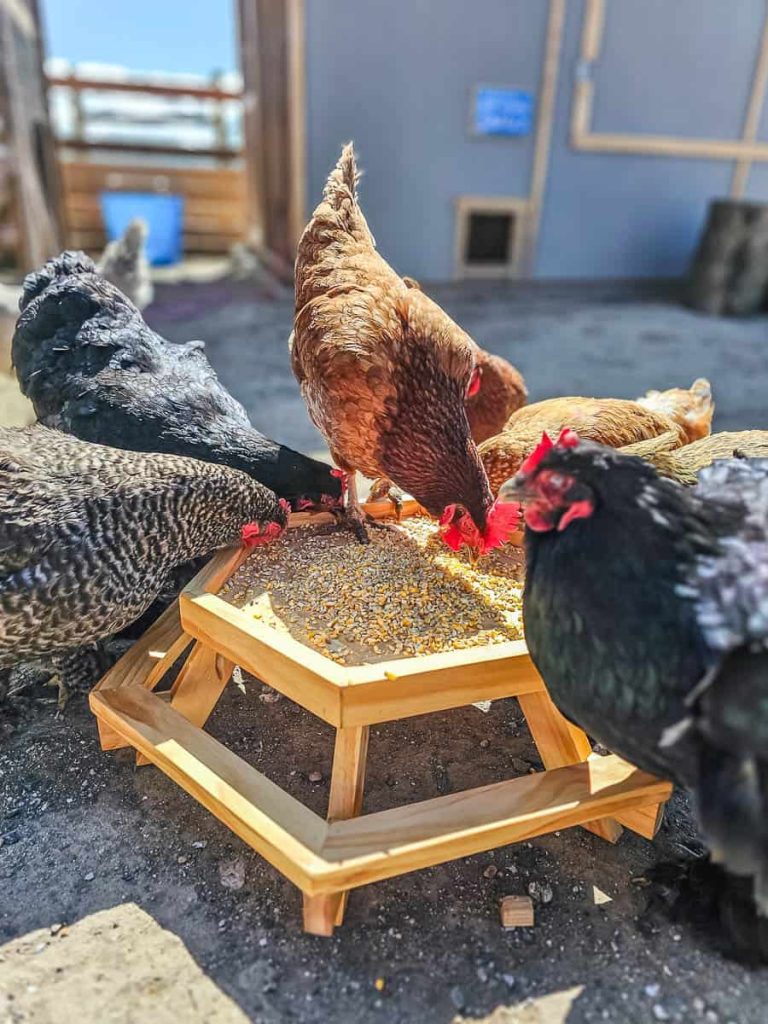
Great information and inspiration.
Glad you found this helpful!
Thank you so much!!! This was very helpful. I appreciate knowing the why and how things need to be done.
Glad you found it helpful!
Although it seems like hard wood I don’t really know what is hard wood so I went with the smaller pilot, I hope my project won’t break to pieces. Still, good to know.
Good call, Chav. In the future, here’s a go-to guide for types of wood so you can look up hard wood vs soft wood types. https://www.makingmanzanita.com/types-of-wood-for-woodworking/
Hi
Can we create pilot holes with nails ?
No pilot holes can’t be made with nails.
No pilot holes can’t be made with nails.
What do you do with 3” screws! I don’t any drill bit sizes that long. I always forfeited it must be fine then but it makes sense the hole should be as long as the screw after this article. Are there specific brands that have longer bit sets?
Thanks!!
April
All major drill bit manufacturers have longer drill bit sizes available that just have to be purchased individually.
All major drill bit manufacturers have longer drill bit sizes available that just have to be purchased individually.
Thank you for the pilot hole guidance. I am afraid it will be hard to join wood at right angles, keep it all lined up straight and get 1 1/2 bit in straight! I am building a 3 sided cabinet for cat food. Thanks for the help!